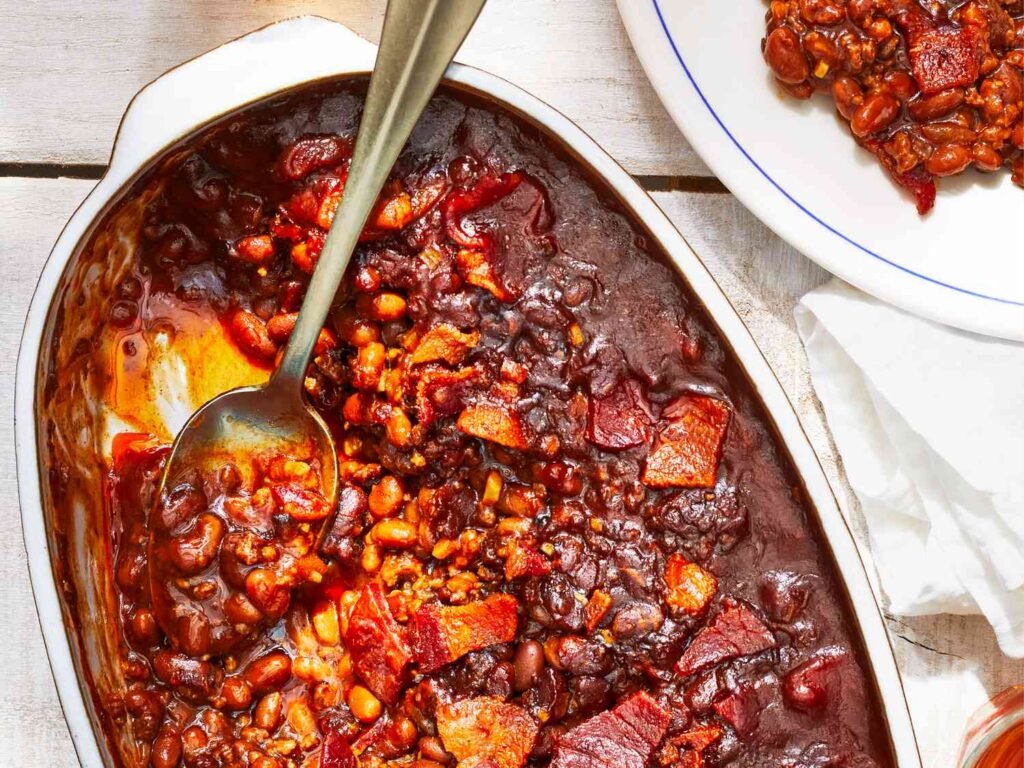Maya Angelou once said, “I am grateful for the blessings of wealth, but it hasn’t changed who I am. My feet are still on the ground. I’m just wearing better shoes.” This quote perfectly encapsulates the essence of a cookout in the South. It’s a gathering of family and friends, a celebration of culture and tradition, where the labor of love is showcased through food and fellowship.
Growing up in Southwest Georgia, I experienced the magic of a cookout firsthand. These events were more than just a meal; they were a ritual, a ceremony that marked time and relationships. From the casual get-togethers with neighbors to the grand family reunions, each cookout had its own unique flavor and significance.
Through years of observation and participation, I have come to understand the intricate hierarchy of tasks at a cookout. Each role is carefully assigned by a panel of elders, who judge your skills and worthiness with a discerning eye. From the Grocery Runners who fetch the essentials to the Grillers who wield the flames with mastery, every task is a badge of honor and a mark of distinction.
One of the most important aspects of a cookout is the food, particularly the sides. The signature dishes like baked beans, mac-n-cheese, and potato salad are the heart and soul of the event. These dishes are a reflection of the cook’s skill and dedication, and woe be unto the one who messes up a beloved recipe.
Desserts are another crucial element of a cookout, reserved for those with a special talent and dedication. Cobblers, pies, cakes, and homemade ice cream are not to be taken lightly, and only the most skilled and dedicated individuals are entrusted with this task.
And then there are the Grillers, the elite few who command the flames and sizzle the meats to perfection. These individuals are revered for their expertise and passion for grilling, and their creations are the highlight of the cookout. From charcoal purists to wood-smoke aficionados, these Grillers take their craft seriously and are not to be underestimated.
As I reflect on the memories of cookouts past, I am filled with a sense of longing and nostalgia. The sights, sounds, and smells of those gatherings are etched in my mind, a testament to the power of food and community. I eagerly await the day when we can once again come together, share a meal, and celebrate the joy of a Southern cookout.
In the words of Maya Angelou, “I sustain myself with the love of family.” And at a cookout in the South, that love is abundant and overflowing, a testament to the enduring power of tradition and togetherness. Bradley’s latest book, Chronicling Stankonia: The Rise of the Hip-Hop South, takes readers on a journey through the history of hip-hop in the southern United States. Published this year by UNC Press, the book delves into the evolution of the genre in the region, focusing on the influential music scene that emerged in Atlanta, Georgia.
The book explores the rise of Stankonia, a fictional place created by hip-hop duo OutKast in their 2000 album of the same name. Stankonia symbolizes the unique blend of creativity, innovation, and cultural fusion that characterizes the hip-hop scene in the South. Through in-depth research and interviews with key figures in the industry, Bradley uncovers the origins of this musical movement and its impact on the larger hip-hop community.
One of the key themes of Chronicling Stankonia is the way in which southern hip-hop has challenged traditional notions of what the genre should sound like. Artists from the South have brought their own distinct style and perspective to the music, incorporating elements of funk, soul, and blues into their sound. This blending of genres has led to the creation of a new and exciting musical landscape that continues to influence artists around the world.
In addition to exploring the musical aspects of southern hip-hop, Bradley also delves into the cultural and social significance of the genre. He examines the ways in which southern hip-hop has provided a voice for marginalized communities, addressing issues of race, class, and identity in a way that is both powerful and empowering.
Overall, Chronicling Stankonia is a must-read for anyone interested in the history of hip-hop and the impact of southern artists on the genre. Bradley’s insightful analysis and engaging writing style make this book a compelling read that will appeal to music lovers and cultural historians alike.


